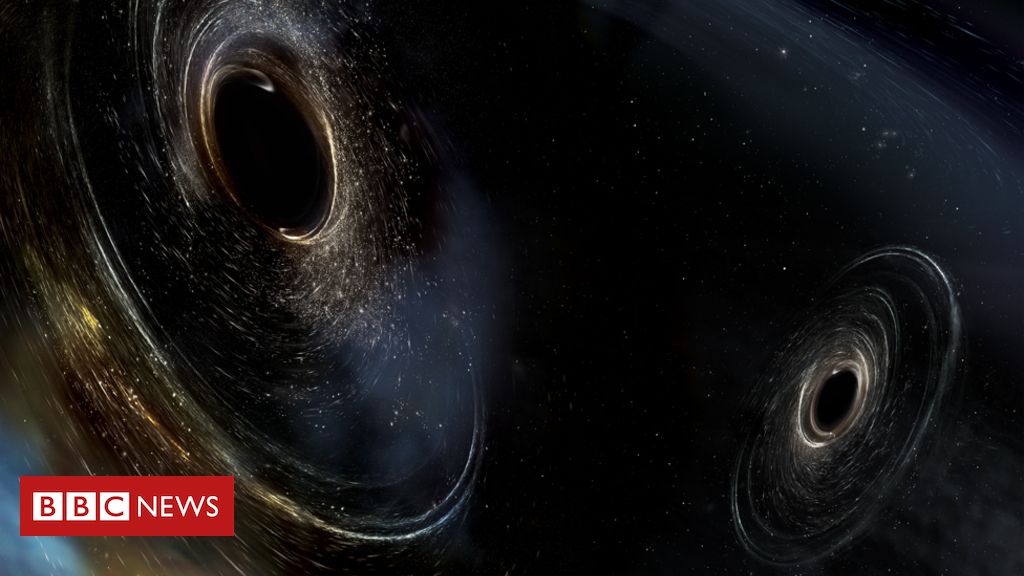A Historic Discovery in Astrophysics
Scientists have made a groundbreaking discovery by observing the largest black hole merger ever detected, marking a significant milestone in the field of astrophysics. This monumental event took place approximately 10 billion light-years away from Earth and was identified through powerful gravitational waves detected by advanced observatories such as LIGO.
The event involved two black holes, each with a mass exceeding 100 times that of the sun. These cosmic giants spiraled toward each other before colliding, resulting in the formation of an even larger black hole. The merger was first detected in November 2023 by observatories located in Washington and Louisiana. According to Science News, the newly formed black hole has a mass roughly equivalent to 225 solar masses, which surpasses the previous record of 140 solar masses from a single black hole collision. Notably, one of the black holes involved in this event had a mass nearly equal to the previous record on its own.
Researchers believe that these massive black holes likely formed through prior mergers rather than from the collapse of massive stars. This theory may help explain their unusually large size. The discovery highlights the ongoing advancements in understanding the origins and behaviors of black holes in our universe.
The Science Behind Gravitational Waves
As the two black holes orbited each other, they eventually merged, releasing gravitational waves—ripples in space-time that travel at the speed of light. These waves were detected during what scientists refer to as the “ringdown phase,” which lasted just one-tenth of a second. Despite their immense energy, the gravitational waves produced by this event were thousands of times smaller than a proton, making them incredibly challenging to detect when they reached Earth.
Professor Mark Hannam, who leads the Gravity Exploration Institute at Cardiff University, described the collisions as “the most violent and powerful events in the universe.” He emphasized the difficulty of detecting such minuscule waves, noting that they caused only slight movements in the detectors. However, these tiny disturbances provided crucial data for scientists studying the properties of black holes and the nature of gravitational waves.
Understanding Black Holes
Black holes are formed when massive stars exhaust their nuclear fuel and collapse under their own gravity, creating extremely dense objects. These objects bend space-time so intensely that they form an event horizon—a boundary beyond which nothing, not even light, can escape.
To date, scientists have recorded over 300 black hole collisions using gravitational wave measurements. Each detection contributes valuable insights into the dynamics of these enigmatic celestial bodies and helps refine our understanding of the universe’s structure and evolution.
This recent discovery not only sets a new benchmark for black hole masses but also opens up new avenues for research. By studying such extreme events, scientists hope to uncover more about the formation of black holes, the behavior of space-time, and the fundamental laws that govern the cosmos.
Implications for Future Research
The detection of this massive black hole merger underscores the importance of continued investment in gravitational wave astronomy. As technology advances, researchers will be able to detect even more distant and powerful events, expanding our knowledge of the universe.
Furthermore, the findings may lead to new theories about the formation of supermassive black holes and their role in shaping galaxies. By analyzing the data from such events, scientists can test existing models and develop more accurate predictions about the behavior of black holes across different cosmic environments.
In summary, the observation of this historic black hole merger represents a major leap forward in astrophysics. It not only provides a deeper understanding of the universe but also highlights the potential for future discoveries that could revolutionize our comprehension of the cosmos.







